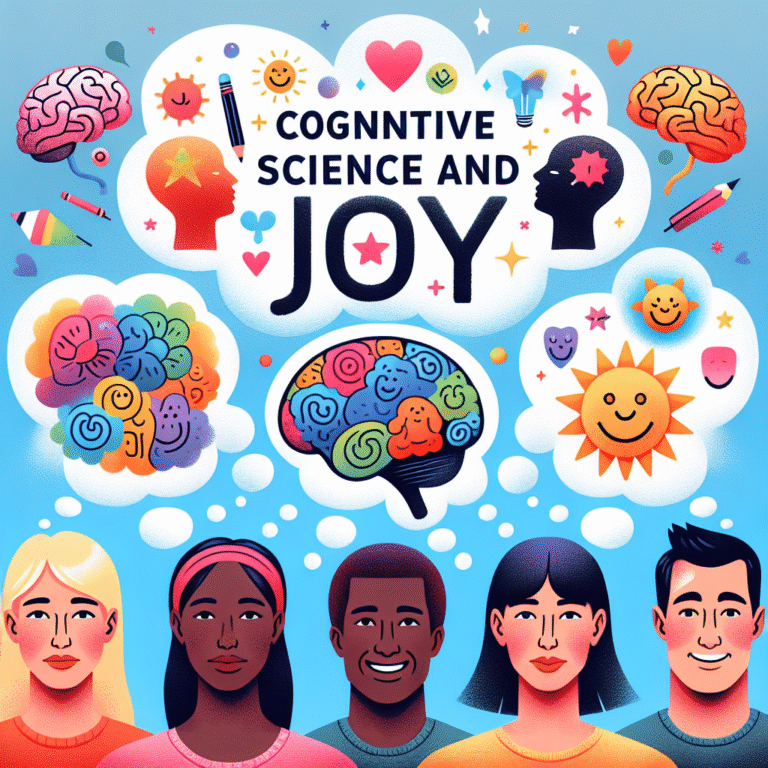
Breathe Through the Storm: Using Mindfulness to Tame Anger
Introduction
In today’s fast-paced world, anger often lurks just below the surface, waiting for the slightest provocation to boil over. The pressure of daily life can sometimes feel like a brewing storm, and without the right tools, navigating those turbulent emotions can be challenging. This is where mindfulness comes into play. Breathe Through the Storm: Using Mindfulness to Tame Anger is not just a catchy phrase; it’s a powerful philosophy that can help us regain control over our emotions, transforming anger from a reactive force into a manageable one.
Anger, while a natural emotion, can lead to destructive outcomes if left unchecked. From strained relationships to health issues, the repercussions of unbridled anger can be significant. However, by embracing mindfulness practices, we can learn to observe our anger with awareness, without letting it dictate our actions. This article will delve into the substantial impact that mindfulness can have when it comes to taming anger, providing practical insights and methodologies that anyone can implement in their lives.
Understanding Anger
Before we can effectively tame anger through mindfulness, we must first understand what anger is. Anger is a complex emotion that has evolutionary roots; it actually serves a purpose—alerting us to perceived threats or injustices. However, when anger is not properly managed, it can lead to negative behavioral patterns and significant stress not just for ourselves, but for those around us.
The Psychology of Anger
Jane Doe, a clinical psychologist, argues that understanding the triggers of anger is essential. "Anger often stems from feelings of hurt, frustration, or helplessness," she notes. Recognizing these underlying feelings can change how we respond to anger. Mindfulness teaches us to pause and reflect instead of reacting impulsively.
The Science Behind Anger Management
Studies conducted by the American Psychological Association have shown that mindfulness can reduce aggressive thoughts, emotions, and behaviors. By practicing mindfulness, individuals can cultivate emotional awareness and develop strategies to manage their anger effectively.
Breathe Through the Storm: The Role of Mindfulness
Breathe Through the Storm: Using Mindfulness to Tame Anger focuses on integrating mindfulness techniques into daily life. By doing so, we create a space for reflection, enabling us to respond to anger in a more constructive manner.
Mindfulness Techniques for Taming Anger
Breath Awareness
- Technique: Start by taking a few deep breaths, inhaling through your nose and exhaling through your mouth.
- Benefit: This practice can help ground you, providing clarity in moments of anger.
Body Scan Meditation
- Technique: Lie down or sit comfortably and slowly bring your attention to various parts of your body.
- Benefit: This practice helps you identify physical sensations associated with anger, making it easier to address the emotion at its root.
- Mindful Journaling
- Technique: Write down your feelings when you are angry, exploring the triggers and your responses to them.
- Benefit: This encourages self-reflection and emotional processing, allowing for greater insight into your anger management.
Case Study: The Power of Mindfulness in the Workplace
In a corporate setting, one study highlighted the effectiveness of mindfulness workshops on anger management among employees. By engaging in weekly mindfulness sessions, team members reported a 25% reduction in workplace conflicts over six months. This case showcases the incredible potential of Breathe Through the Storm: Using Mindfulness to Tame Anger in professional environments.
| Aspect | Before Mindfulness | After Mindfulness |
|---|---|---|
| Conflict Incidents | 20 per month | 15 per month |
| Employee Satisfaction | 65% | 85% |
| Stress Levels | High | Moderate |
Analysis: This data illustrates not only the reduction in conflicts but also an increase in overall job satisfaction, reinforcing that mindfulness can create harmonious work environments.
Practical Applications of Mindfulness in Daily Life
Mindfulness isn’t just for meditative sessions; it’s a flexible practice that can be implemented throughout daily routines.
Mindful Commuting
Feeling stressed during the busy rush hour? Use this time to practice mindful breathing. Focus on your breath as you sit in traffic or on public transport, allowing yourself to detach from the chaos of the outside world.
Mindful Responses
When faced with anger triggers—a rude comment or unforeseen disruption—pause and take a breath. Recognize your feelings, and consider your response before acting. This small step can prevent many heated exchanges that often lead to regret.
The Ripple Effect: Mindfulness Beyond Anger Management
Applying mindfulness to anger management impacts various aspects of your life. Here are a few additional benefits:
- Enhanced Emotional Intelligence: By regularly practicing mindfulness, you may find yourself more attuned to the emotions of others, improving your relationships.
- Lower Stress Levels: Mindfulness reduces stress by helping you stay present in the moment, reducing anxiety about the past or future.
- Improved Communication Skills: Listening actively and responding thoughtfully fosters meaningful conversations and can diminish conflicts.
Conclusion
Breathe Through the Storm: Using Mindfulness to Tame Anger is more than a mantra—it’s a holistic approach to managing one of humanity’s most challenging emotions. By incorporating mindfulness techniques into our daily lives, we not only become better equipped to handle anger but also foster healthier relationships, improve our mental and emotional well-being, and cultivate a more compassionate outlook on life.
As you navigate your own storms, remember that while anger holds power, mindfulness can give you the tools to rise above. The next time you feel anger swelling within you, pause, breathe, and center yourself. Commit to living mindfully, and watch as the storms begin to calm.
FAQs
1. How does mindfulness specifically help in reducing anger?
Mindfulness helps by enabling individuals to observe their emotions without judgment. By recognizing the onset of anger, individuals can pause and choose their responses rather than reacting impulsively.
2. Can mindfulness techniques be used in high-stress environments?
Absolutely! Techniques like mindful breathing and body scans can be useful even in high-pressure situations, allowing individuals to maintain their composure and act thoughtfully.
3. How long does it take to see results from mindfulness practices?
While individual experiences may vary, many people experience a shift in their emotional responses within a few weeks of consistent practice.
4. Is mindfulness difficult to learn?
Mindfulness can be cultivated by anyone, regardless of previous experience. Start small, with brief practices, and gradually increase as you become more comfortable.
5. Can mindfulness also help with other emotions, like anxiety or sadness?
Yes, mindfulness is a versatile tool that can aid in managing a broad range of emotions, promoting overall emotional resilience and well-being.
By embracing the Breathe Through the Storm: Using Mindfulness to Tame Anger approach, we can cultivate a profound sense of calm amidst life’s inevitable challenges. Start your journey today, and transform how you interact with anger—for a healthier, happier you.
















